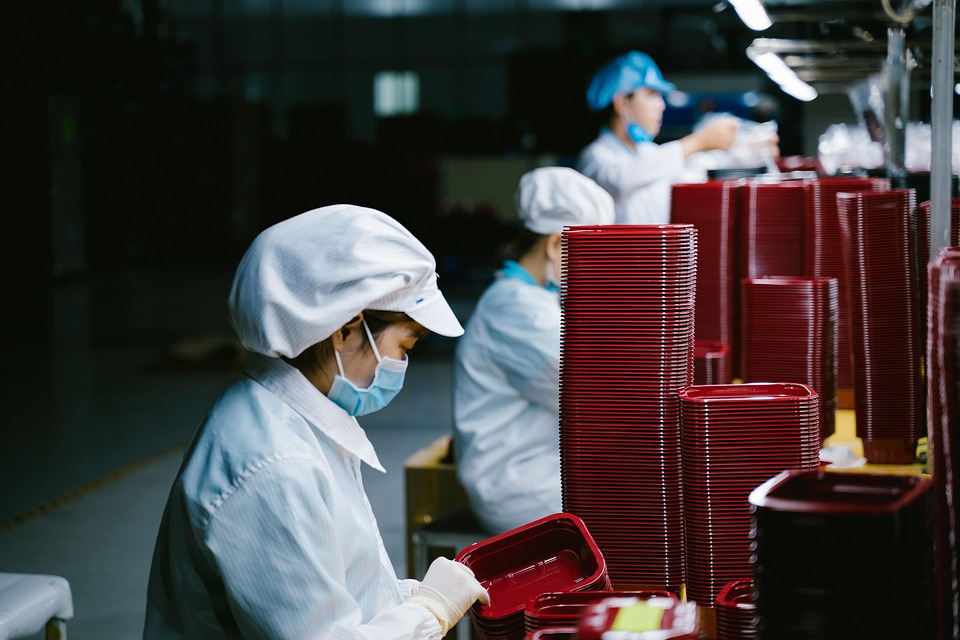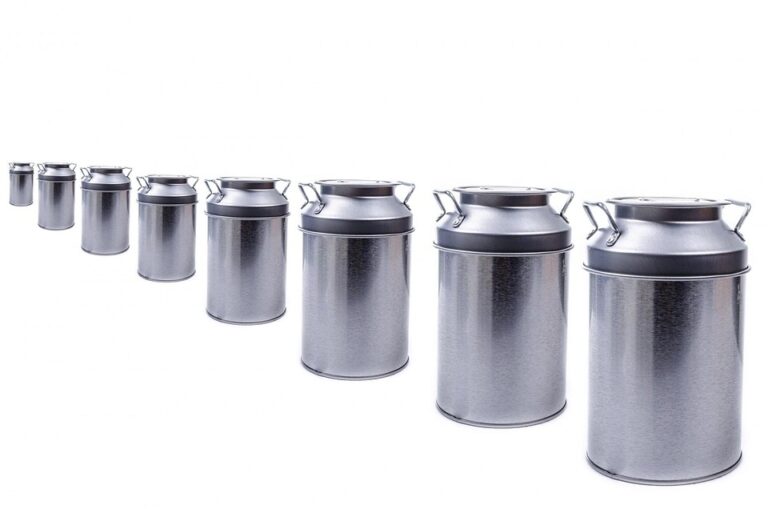
Understanding the Common Types of Medical Masks: A Comprehensive Guide for Choosing the Right One
The landscape of healthcare has dramatically evolved, especially in the wake of global health crises. The humble medical mask, once a mere accessory for surgeons, has become a vital tool for public health. But with an array of options available, how does one navigate the myriad choices? Let’s delve into the common types of medical masks, dissecting their features and purposes to aid in making an informed decision.
1. Surgical Masks: The Standard Protector
Surgical masks are the most recognisable of the bunch. Typically made of multiple layers of non-woven fabric, these masks serve as a barrier against droplets, splashes, and sprays that may contain germs. The design is loose-fitting, which may raise questions about their effectiveness in filtering airborne particles. According to the World Health Organization, while surgical masks do not offer complete protection, they significantly reduce the risk of transmitting infections in healthcare settings.
One might wonder: are they suitable for everyday use? The answer largely hinges on the environment. In crowded spaces or during outbreaks, wearing a surgical mask can be a prudent choice. However, they should be disposed of after each use, raising concerns about waste and environmental impact.
2. N95 Respirators: The Heavyweights of Filtration
For those seeking a higher level of protection, N95 respirators are the gold standard. These masks are designed to fit snugly against the face and can filter out at least 95% of airborne particles, including large respiratory droplets and smaller aerosols. The tight seal they create is essential, particularly in high-risk settings like hospitals or during pandemics.
Nevertheless, a point of contention remains: the comfort factor. Many users find N95s cumbersome, especially when worn for extended periods. Moreover, there’s the issue of proper fit testing; a mask that doesn’t fit well may not provide the intended protection. Thus, understanding how to wear and maintain these respirators becomes paramount.
3. Cloth Masks: The Personal Touch
Cloth masks have gained prominence as a fashionable alternative to surgical masks. Often made from various fabrics, they can be customised to suit individual preferences. However, one must be cautious; the effectiveness of cloth masks can vary significantly based on the material and number of layers used.
The government’s guidance has evolved, suggesting that while cloth masks can help reduce transmission, they should not replace more effective masks like N95s or surgical masks in high-risk situations. The debate around their efficacy prompts an important question: can they still play a role in enhancing community protection when used collectively?
4. The Role of Face Shields
Face shields, often overlooked, serve as an additional layer of protection. While they don’t replace masks, they can complement them, particularly in situations where social distancing is challenging. They offer a clear view of the wearer’s face, which can aid communication, especially for those who rely on lip-reading.
However, critics point out that face shields alone may not provide sufficient protection against respiratory droplets. Thus, they should ideally be worn in conjunction with a mask for maximum efficacy. This dual-layer approach opens up discussions about the best practices for personal safety.
5. Making the Right Choice
When deciding which mask to wear, consider the context. Are you in a healthcare setting, or simply running errands? Are you in close proximity to others, or maintaining a safe distance? The answers to these questions will guide your choice.
Moreover, it’s essential to keep abreast of local guidelines, which can change based on evolving public health situations. Engaging in discussions about mask-wearing, sharing insights from trusted health authorities, and considering personal comfort can all contribute to a more informed decision-making process.
A Thoughtful Approach to Mask Selection
In the grand tapestry of public health, the choice of a medical mask is not merely a matter of preference; it is a reflection of an individual’s commitment to community safety. As we navigate this complex landscape, let us remain vigilant, informed, and considerate of the choices we make—after all, the right mask can be a small yet significant step towards safeguarding ourselves and those around us.
At BargainsTrust, we continuously strive to bring you curated information on a variety of essential products, helping you make informed choices in this ever-evolving world.






